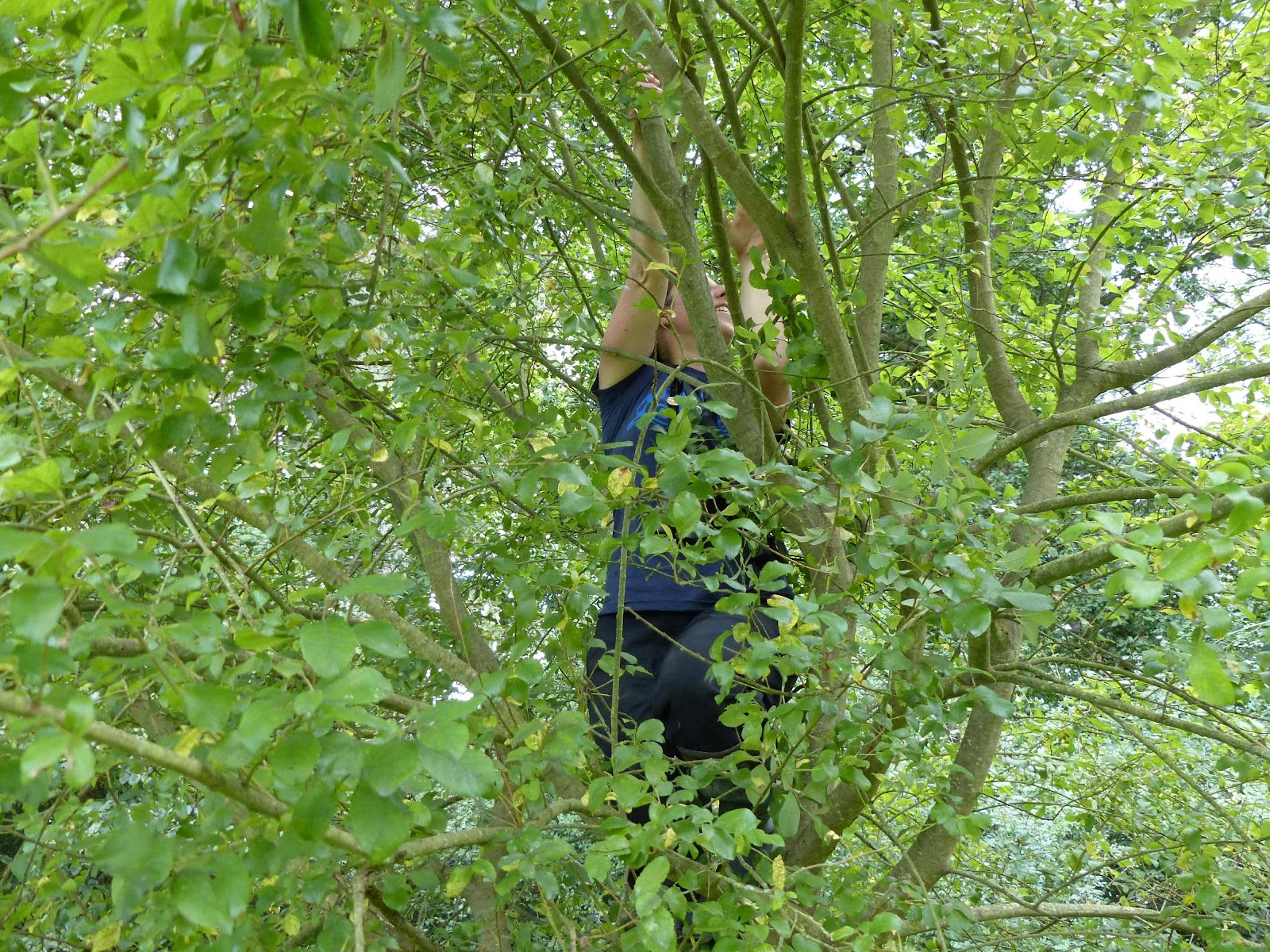Purple Emperor larvae continue to be unusually scarce just about everywhere this autumn. All bar one recorder (Ben Greenaway) is struggling to find any.
Savernake is going to record its poorest autumn larval count in 16 years of diligent, standardised effort. This is primarily due to:-
1 A shortage of the younger sallow growth that the females favour (i.e. trees or young branches off mature trees which are just becoming mature enough to flower). This is a problem currently peculiar to Savernake, which is experiencing a lack of sallow regeneration (in part due to squirrel damage - bark stripping, in part due to a break in continuity of ride widening).
2 Coarse foliage, caused by sallows coming into leaf early this year, after a mild winter. First instar larva can't cope with thick leaves. This is a problem everywhere this year.
3 The ravages of rampant Willow Rust, which has rendered many broad-leaved sallows seemingly unsuitable (+ Tar Spot). This is even worse around Swindon and Cirencester, but all but absent in S Warwicks & S Worcs.
4 But, clearly, the 'egg lay' was very low, at least low down.
However, there is a scatter of larvae around. I was amazed to be shown one on a young sallow rendered 95% bare by the ravages of Melampsora Willow Rust - the small tree on the left, with my gold shepherd's crook. The finder, co-worker Gary Tucker, is looking at the bigger tree -
That 'pillar is starting to colour up -
It's not just Emperor larvae that are scarce on the sallows this autumn. Other sallow invertebrates are perhaps even scarcer: I'm scarcely finding any moth larvae, though some moth species may have finished for the season; Sallow Flea Beetles are decidedly rare; I haven't found a single sallow sawfly larva all autumn; the normally common cabbage-like galls of the midge Rabdophaga
rosaria are rare, and even the tiny galls that normally abound on narrow-leaved sallows are generally absent; and I've hardly found any Dicranopalpus harvestmen spiders... In fact, the Purple Emperor is actually faring relatively well!!!Fingers crossed that yet again this the best of all possible butterflies will show itself capable of out-manoeuvring all the nonsenses that gets thrown at it...










